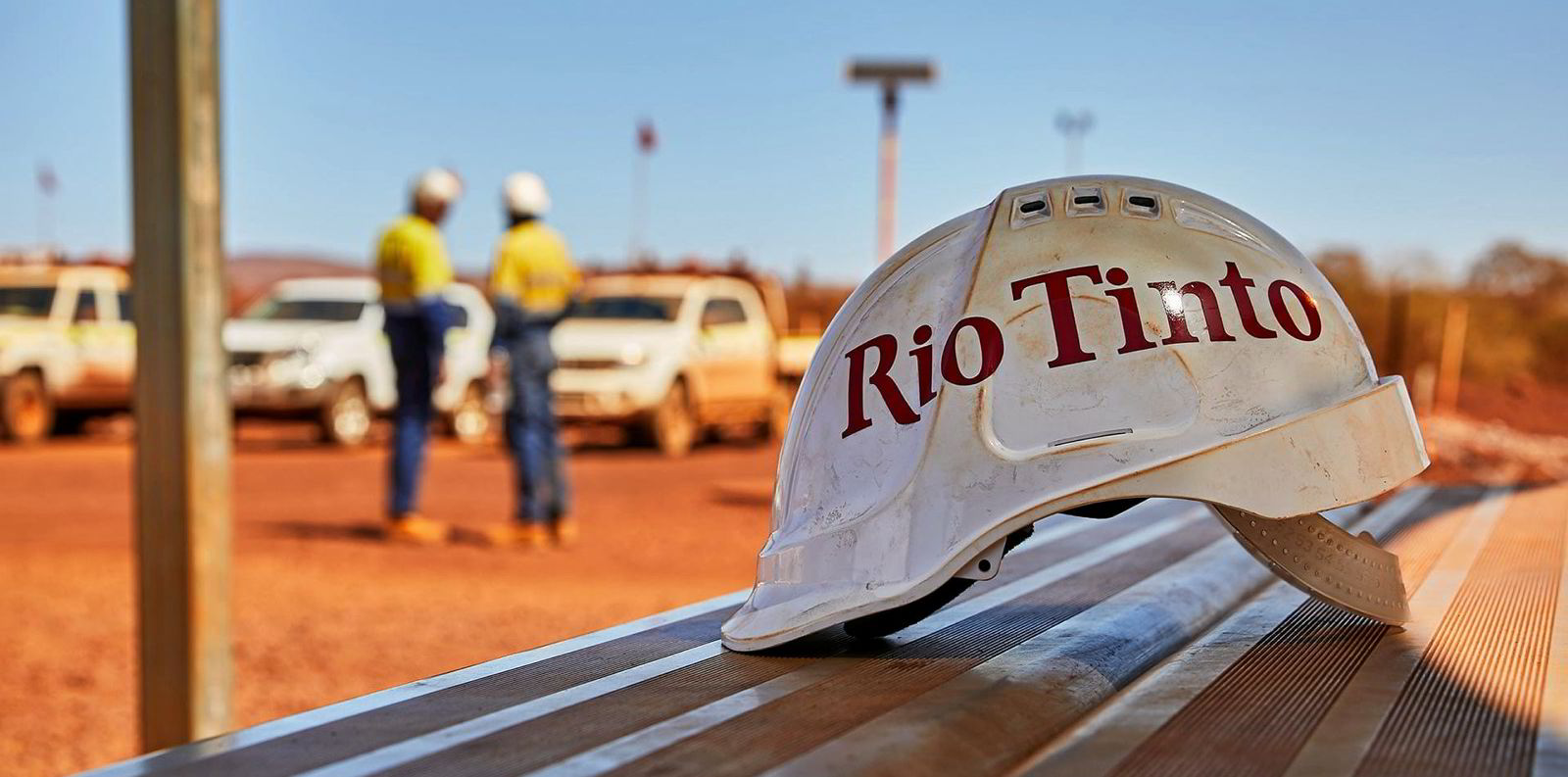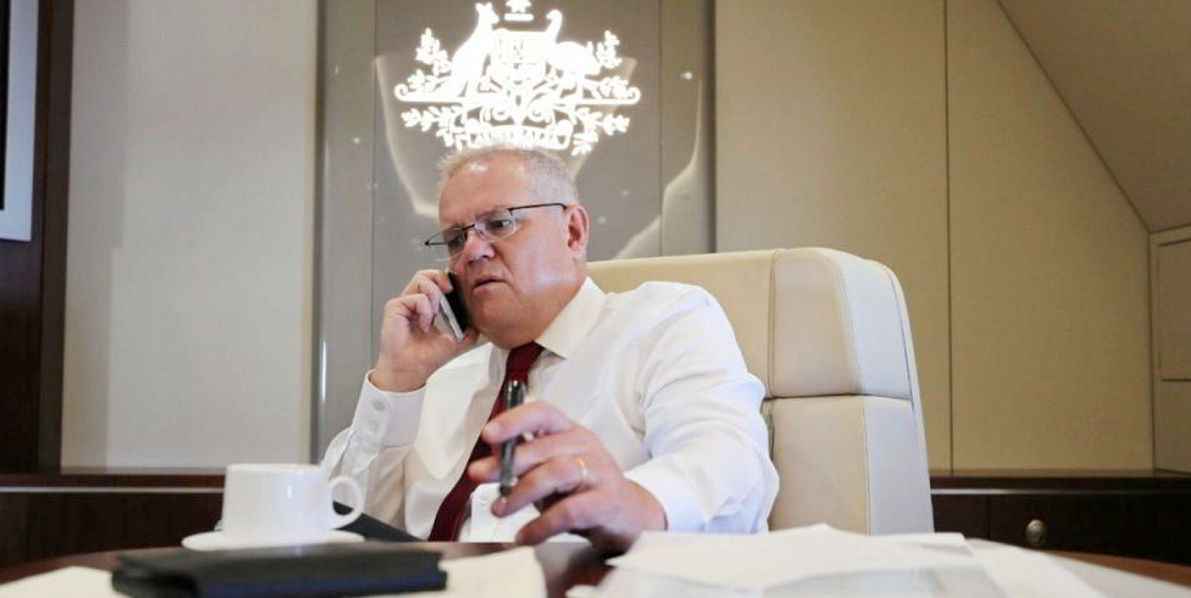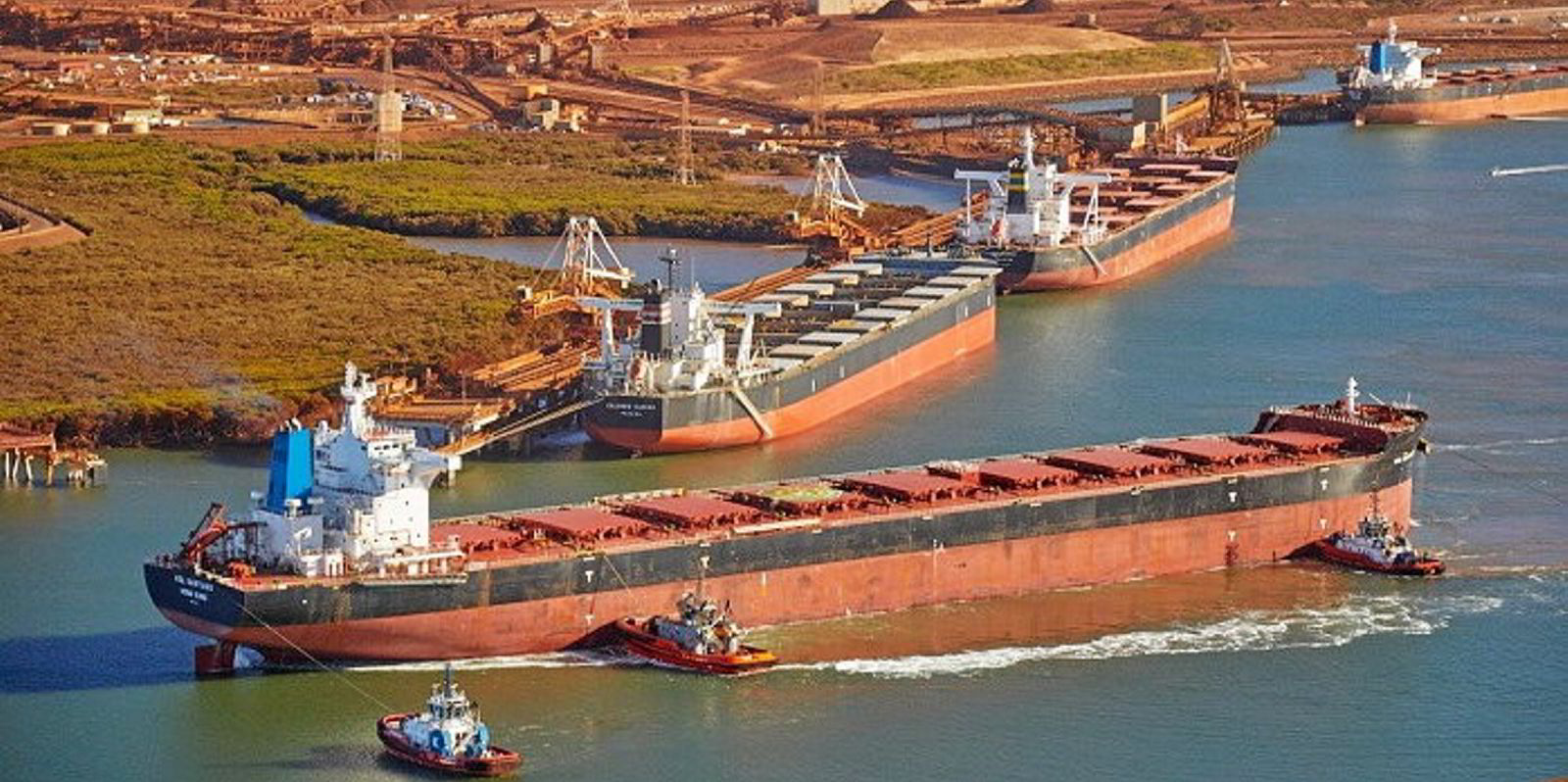Rio Tinto and Vale have both reported reduced iron ore production in the first quarter of 2022 due to delays in expansion and weather disruptions, respectively.
The Australian miner, the world’s top iron ore producer, mined 71.7m tonnes of the key steel-making ingredient, down 15% on the previous quarter and 8% lower from the year-before period.
“Production in the first quarter was challenging as expected, re-emphasising a need to lift our operational performance,” said Rio Tinto Chief Executive Jakob Stausholm.
“As we ramp up Gudai-Darri, our iron ore business will have greater production capacity and be better placed to produce additional tonnes of Pilbara Blend in the second half.”
Depletion of existing mines was not offset by replacement projects because of delays in commissioning, while labour issues caused by pandemic constraints also contributed to the challenges at Pilbara operations, the company said.
Vale blamed weather disruptions as the main reason for delivering output that was 22.5% down on the previous quarter and 8% lower from the first quarter in 2021.
The Brazilian company produced 63.9m tonnes in the first three months of the year, against the 82.4m seen in the fourth quarter of last year.
Vale said production was also lower due to major maintenance services, which should be positive for the rest of the year.

Despite their respective issues, both Rio and Vale maintained their forecasts for iron ore production of 320m to 335m tonnes in 2022.
“Economic growth and commodity demand started positively this year as the world continues to recover from the pandemic downturn,” Rio Tinto said.
“However, market expectations have been revised downwards amidst sustained high inflation, the outbreak of the Russia-Ukraine war, and a resurgence of Covid-19 lockdowns in China.”
Rio Tinto said further downside risks include a prolonged war and other geopolitical tensions, extended labour and supply shortages, and monetary policy adjustments to curb inflation.
Separately, Rio Tinto said bauxite production of 13.6m tonnes was in line with the first quarter of 2021 with similar wet weather disruptions as the corresponding period.
In late March Australia imposed an immediate ban on Australian exports of alumina and aluminium ores including bauxite to Russia, which relied on Australia for 20% of its alumina needs.
Rio Tinto owned an 80% stake in Queensland Alumina Ltd (QAL) in a joint venture with Russia’s Rusal International PJSC, the world’s second-largest aluminium producer.
As a result of the Australian Government’s sanction measures, Rio Tinto said it had now taken on 100% of the capacity and governance of QAL until further notice.





